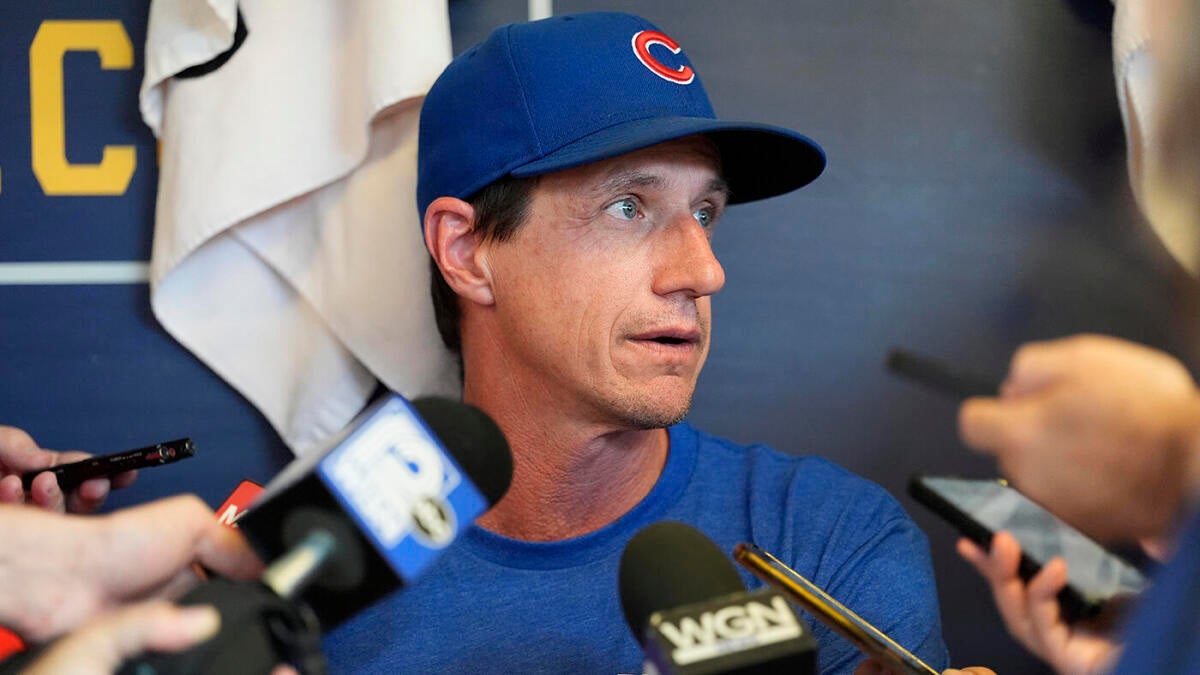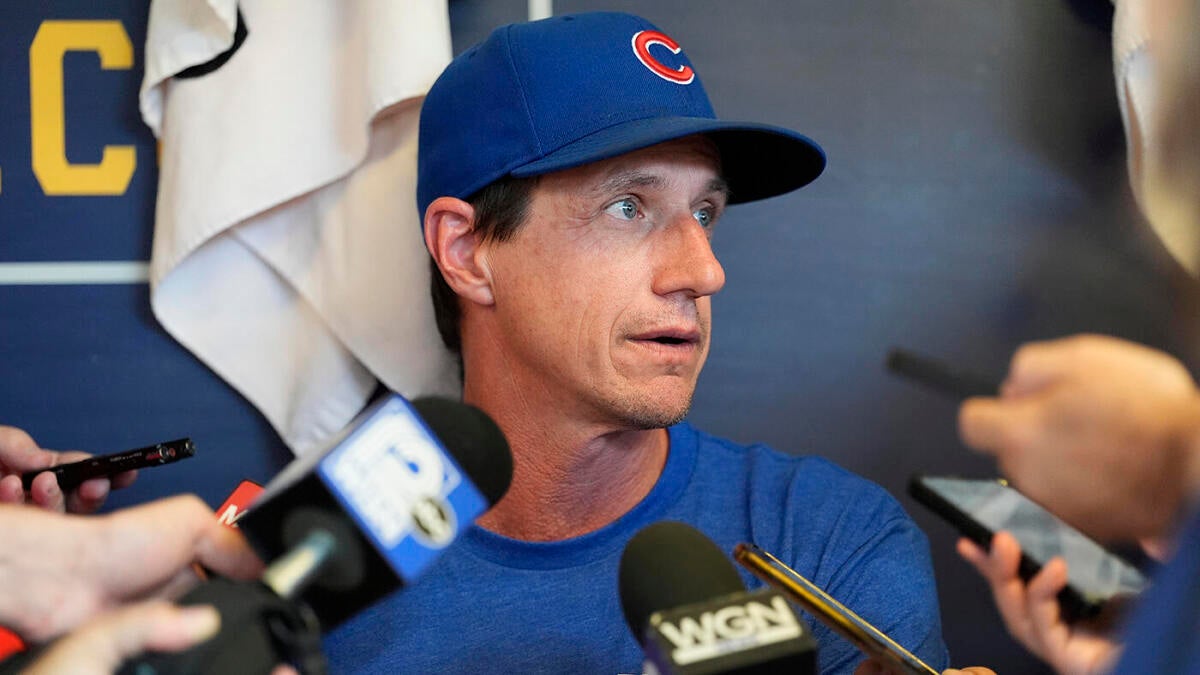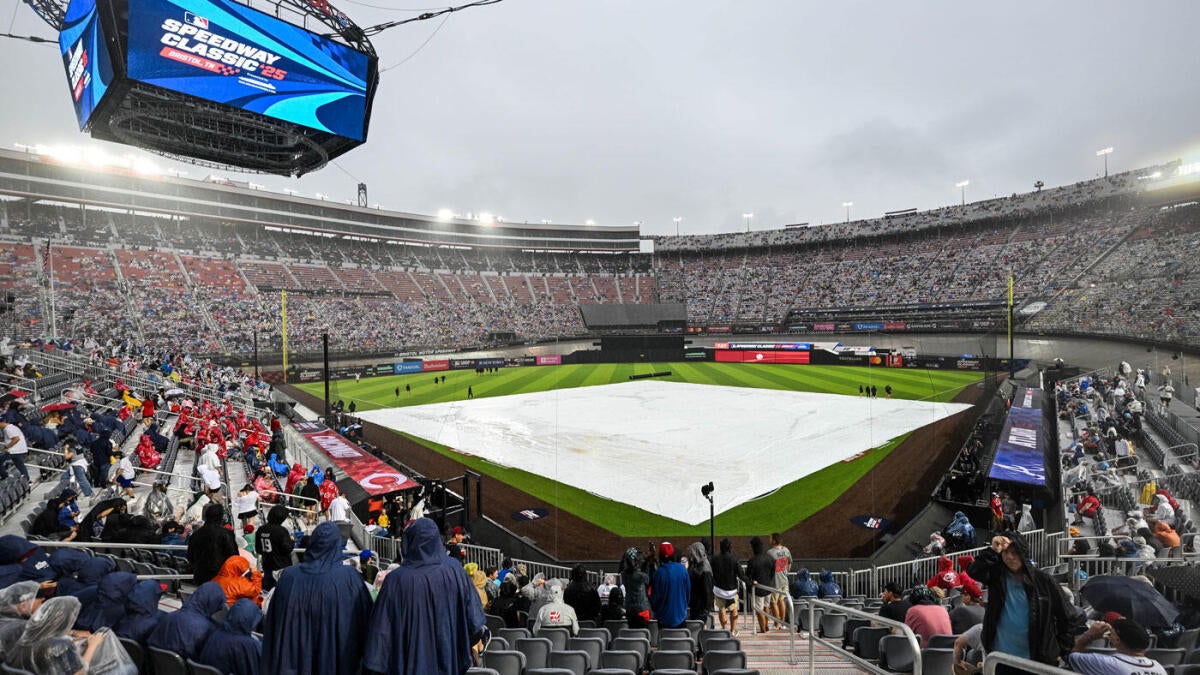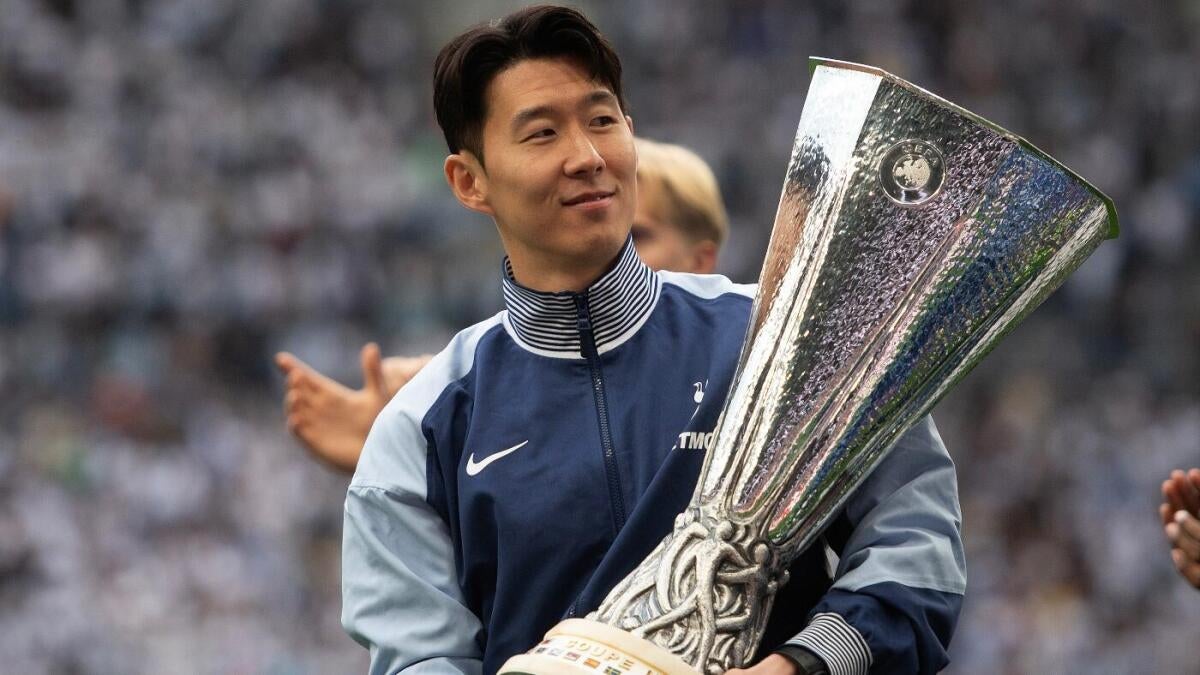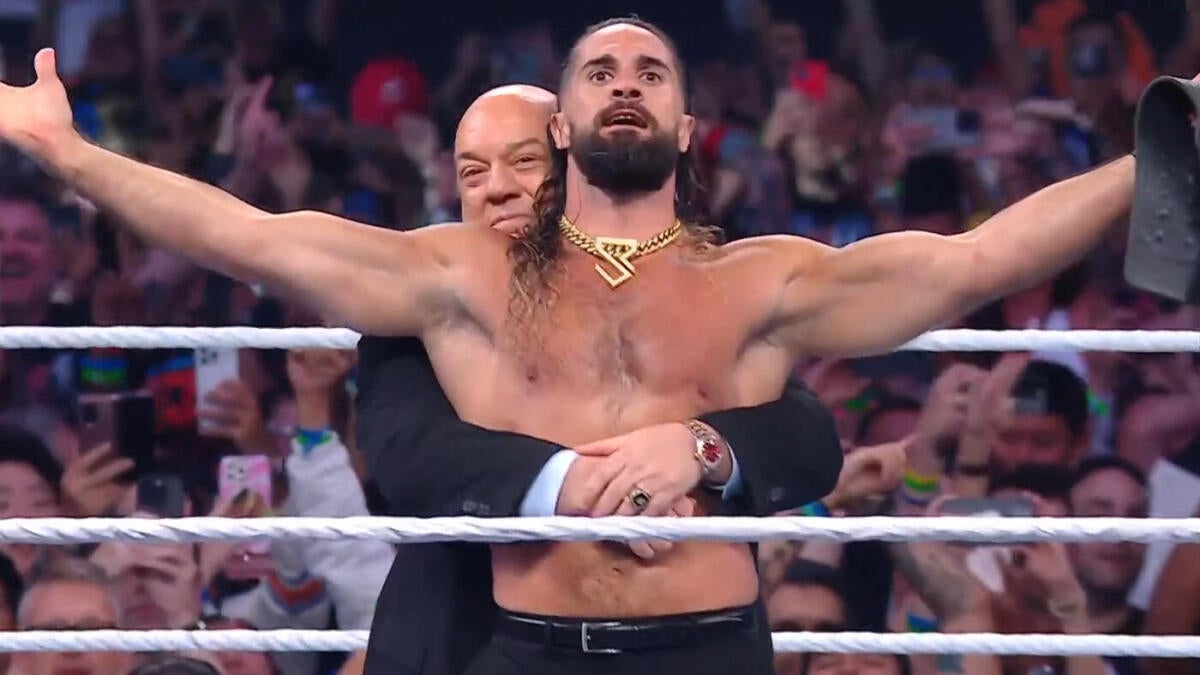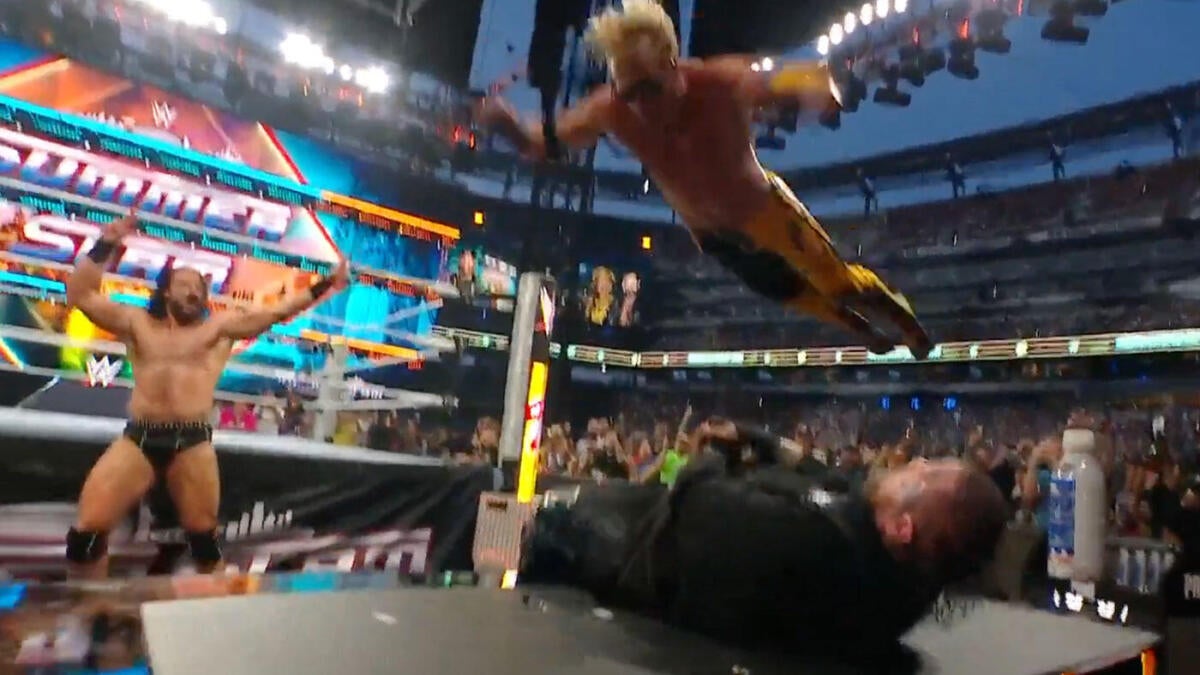The Art of the Deal: Decoding MLB Trade Deadline Strategies for 2025
The High-Stakes Chess Match of Baseball
The MLB trade deadline is more than just a transactional event; it’s a high-stakes chess match where every move can alter the trajectory of a season. Teams must balance immediate needs with long-term sustainability, all while navigating the complex web of player valuations, financial constraints, and organizational philosophies. The 2025 trade deadline promises to be particularly intriguing, with several contenders poised to make bold moves that could redefine the playoff landscape.
The Anatomy of Aggression: What Drives Trade Deadline Activity
Contention Window: The Ticking Clock
Teams with a narrow window of contention are often the most aggressive at the trade deadline. The Chicago Cubs, for example, find themselves in a unique position in 2025. With a core of young talent and a roster that has shown flashes of brilliance, the Cubs are poised to make a significant push. Their window of contention is wide open, and they have the resources to make a splash. The pressure to capitalize on this opportunity will likely drive them to be aggressive buyers.
Identifying and Addressing Needs
The Philadelphia Phillies, on the other hand, have a more specific set of needs. Their bullpen has been a liability, and their outfield defense has left much to be desired. The Phillies will be looking for a center fielder with a strong arm and a reliable closer to solidify their back end. Identifying these needs and addressing them through trades will be crucial for their playoff hopes.
Financial Flexibility: The Payroll Puzzle
Financial flexibility is a critical factor in trade deadline aggression. The San Diego Padres, for instance, have shown a willingness to spend in the past. Their deep pockets allow them to absorb high-priced contracts and pursue impact players. However, they must also consider the long-term implications of their spending. Acquiring a high-priced rental player might provide a short-term boost but could strain their payroll in the future.
Farm System Strength: The Future vs. the Present
The Seattle Mariners find themselves in a unique position. With a strong farm system and a roster that has shown promise, they are poised to make a significant push in 2025. However, they must also consider the long-term implications of trading away top prospects. The Mariners will need to strike a delicate balance between addressing their immediate needs and preserving their future.
Organizational Philosophy: The Culture of Risk
Organizational philosophy plays a significant role in trade deadline aggression. Some teams, like the Los Angeles Dodgers, have a history of making bold moves at the deadline. Their willingness to take risks and pursue high-priced talent has paid dividends in the past. Other teams, however, are more cautious and prefer to build through the draft and player development.
Market Dynamics: The Supply and Demand Equation
Market dynamics can significantly impact trade deadline activity. In 2025, the market for starting pitching is expected to be particularly active. Teams like the Cubs and the Padres will be looking to bolster their rotations, and the availability of quality starters will drive up prices. Conversely, the market for relief pitching might be thinner, leading to bidding wars for top-tier closers.
Internal Pressure: The Weight of Expectations
Internal pressure can also influence a team’s willingness to be aggressive. The Phillies, for example, have a passionate fan base that expects immediate results. The pressure to win now might compel them to make a splash, even if it means overpaying for a rental player. The Cubs, on the other hand, have a more patient fan base that understands the importance of long-term sustainability.
The Usual Suspects: Teams Poised to Make Moves
The Chicago Cubs: A Window of Opportunity
The Cubs are leading contenders for trades, given their position in the NL Central and potential resources to improve their roster significantly. Their young core, led by players like Dansby Swanson and Ian Happ, has shown promise, and they have the financial flexibility to pursue high-priced talent. The Cubs will likely be aggressive buyers, targeting starting pitching and offensive power.
The Philadelphia Phillies: Addressing Weaknesses
The Phillies will be looking for a center fielder and bullpen help. Their outfield defense has been a liability, and their bullpen has struggled to close out games. The Phillies will need to address these weaknesses through trades, and they have the financial resources to make a significant splash.
The San Diego Padres: The High-Risk, High-Reward Approach
The Padres are also expected to be aggressive at the MLB trade deadline. Their deep pockets and willingness to take risks have made them a perennial player in the trade market. The Padres will likely target starting pitching and offensive power, and they have the financial flexibility to pursue high-priced talent.
The Seattle Mariners: Balancing Present and Future
The Mariners appear to be aggressive buyers as of late June 2025. Their young core, led by players like Julio Rodriguez and Jarred Kelenic, has shown promise, and they have a strong farm system to support their push. The Mariners will need to strike a delicate balance between addressing their immediate needs and preserving their future.
Potential Targets: Filling the Gaps
Starting Pitching: The Engine of a Playoff Run
Teams always covet reliable starting pitching, especially those looking to bolster their playoff rotations. Rental pitchers on expiring contracts are often hot commodities. The Cubs, for example, might target a pitcher like Max Scherzer, who is set to become a free agent after the season. The Phillies, on the other hand, might look for a pitcher with more team control, like Walker Buehler, who is under contract through 2026.
Relief Pitching: The Bullpen Bulwark
A dominant bullpen can be the difference between a deep playoff run and an early exit. Teams will be aggressively pursuing closers, setup men, and left-handed specialists. The Phillies, for instance, might target a closer like Edwin Diaz, who has shown the ability to dominate in high-leverage situations. The Padres, on the other hand, might look for a versatile reliever like Jordan Hicks, who can pitch in multiple roles.
Offensive Power: The Art of Scoring Runs
Teams struggling to score runs will be looking for power hitters who can provide an immediate boost to their lineup. The Cubs, for example, might target a player like Aaron Judge, who is set to become a free agent after the season. The Mariners, on the other hand, might look for a player with more team control, like Ronald Acuña Jr., who is under contract through 2027.
Defensive Upgrades: The Unsung Heroes
Solidifying the defense is often overlooked but crucial for contending teams. The Phillies, for instance, might target a Gold Glove-caliber center fielder like Mike Trout, who can provide both offensive and defensive value. The Padres, on the other hand, might look for a versatile defender like Nick Ahmed, who can play multiple positions.
Versatile Players: The Swiss Army Knives
Players who can play multiple positions provide valuable flexibility and are always in demand. The Cubs, for example, might target a player like Brandon Nimmo, who can play both center field and right field. The Mariners, on the other hand, might look for a player like Kiké Hernández, who can play multiple infield and outfield positions.
The Price of Aggression: Weighing the Costs
Prospect Depletion: The Future at Risk
Trading away top prospects can weaken a team’s farm system and hinder its ability to sustain long-term success. The Cubs, for instance, must carefully weigh the value of immediate gains against the potential loss of future talent. Trading away a top prospect like Pete Crow-Armstrong for a rental player like Max Scherzer might provide a short-term boost but could strain their farm system in the long run.
Financial Burdens: The Payroll Puzzle
Acquiring high-priced players can strain a team’s payroll and limit its ability to make future acquisitions. The Padres, for example, must assess their financial flexibility and avoid overextending themselves. Acquiring a high-priced rental player like Aaron Judge might provide a short-term boost but could strain their payroll in the future.
Chemistry Disruption: The Delicate Balance
Integrating new players into a team can disrupt chemistry and negatively impact performance. The Phillies, for instance, must carefully evaluate the fit of potential acquisitions and ensure they won’t upset the team dynamic. Acquiring a high-priced rental player like Mike Trout might provide a short-term boost but could disrupt the chemistry of their young core.
Missed Opportunities: The Bidding Wars
Overpaying for a player at the trade deadline can prevent a team from pursuing other opportunities in the offseason or at future trade deadlines. The Mariners, for example, must be disciplined and avoid getting caught up in bidding wars. Acquiring a high-priced rental player like Ronald Acuña Jr. might provide a short-term boost but could prevent them from pursuing other opportunities in the future.
Uncertainty: The Gambler’s Dilemma
There is no guarantee that a trade deadline acquisition will perform as expected. Players can struggle to adjust to new environments or succumb to injuries. The Cubs, for instance, must acknowledge the inherent risks involved in making trades. Acquiring a high-priced rental player like Max Scherzer might provide a short-term boost but could also come with significant risks.
The Road Ahead: Predicting the Unpredictable
Predicting the exact course of the MLB trade deadline is an exercise in futility. However, by analyzing the factors driving aggression, identifying potential targets, and considering the potential costs, we can gain a better understanding of the landscape. The teams that are most successful at the deadline will be those that are able to identify their needs, assess their resources, and make informed decisions that balance immediate gains with long-term sustainability.
Conclusion: The Gamble and the Glory
The MLB trade deadline is a high-stakes gamble. Teams betting big risk mortgaging their future for a shot at immediate glory. The rewards can be immense – a World Series title, a city’s adoration, a place in baseball history. But the consequences of failure can be equally devastating – years of rebuilding, disillusioned fans, and a tarnished reputation. As the clock ticks down, the question remains: who will dare to be the most aggressive, and who will ultimately reap the rewards? Only time will tell which teams will emerge victorious in this annual battle of wits, strategy, and sheer nerve.







